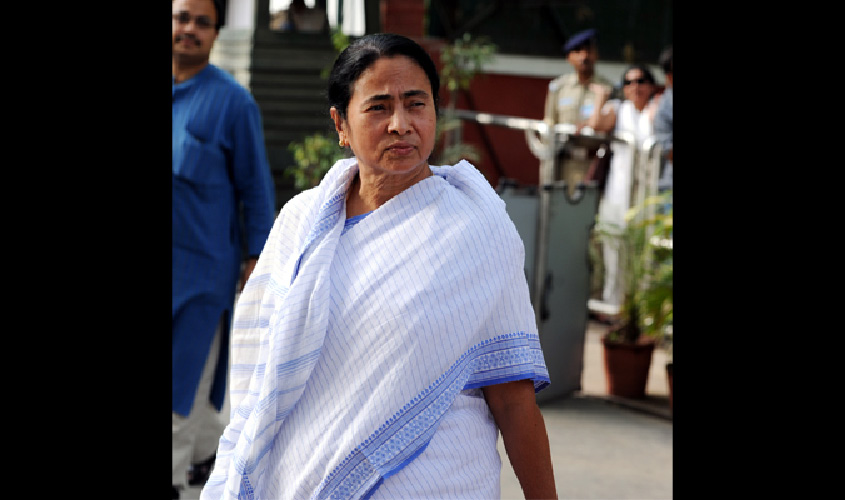There was a time when states such as Uttar Pradesh and Bihar were considered India’s “badlands”—the Wild North and East—where guns and goons had a free run and the administration existed only in name. Over the years, even as these two states have started showing some signs of normalcy, it is a “calmer” West Bengal which seems to be usurping their dubious mantle of being among the most violent and lawless states in the country. Loss of lives and property from violence—political and/or communal—is becoming routine news in Bengal. As if last week’s communal riots in the coal belt of Asansol and Raniganj were not enough, this week there is a spate of violent incidents over the filing of nomination papers for panchayat elections. The elections may be a month away, but already two deaths have been reported, one of a passerby who got caught in a crossfire between two factions of the state’s ruling party, Trinamool Congress; and the other of a man the Bharatiya Janata Party claimed to be its member. He was apparently on his way to file his nomination when he was lynched allegedly by members of the state’s ruling party. Numerous reports of gruesome violence are trickling in from all over the state; also news of rival parties not being allowed to file their nominations by use of muscle power. Just because such incidents do not create ripples on national TV, does not mean that these are not taking place, or that a river of blood will not be flowing by the time Bengal’s villages vote in the panchayat polls. The fear is that it will.
The culture of political violence, one of the linchpins of leftist politics the world over, has existed in Bengal for decades—just as in Kerala. After all, it was West Bengal that gave birth to a violent Naxalite/Maoist movement which had Mao Zedong’s dictum “political power grows out of the barrel of a gun” as its bedrock. But the Maoists were the fringe. It was under the mainstream Left, which ruled the state for 34 years, that Bengal witnessed the maximum violence. Even massacres of groups of people in the name of protecting Marxism became commonplace in that period. In the process, the “noble” aim of achieving a classless society by overthrowing the yoke of bourgeois “oppression”, degenerated into sheer criminality. More often than not it was the local criminals, in the guise of party cadre, who implemented the Left’s diktat on the ground. When the Left was voted out of power and Mamata Banerjee formed government, there was fear that there would be much bloodshed with turf wars being fought. It was to the new Chief Minister’s credit that such apprehensions were soon allayed and the transition was more or less bloodless. It was hoped that Mamata Banerjee, who was even physically attacked when she was in the opposition, would not let the state fall back into an abyss where strong-arm tactics and street-thuggery kept subjugated the more politically inclined section of the population. That hope has been belied in the last seven years, as, according to the CM’s critics, the ruling party’s ranks have been steadily infiltrated with elements similar to those the party, in its original avatar, was fighting against.
Almost all political parties in India have their share of musclemen and hooligans, who are nurtured and relied upon for various reasons—primarily electoral. But when the political leadership is perceived to be losing control of these people on the ground, such dependence results in conflagration. This can be the only explanation on why a “regular” fight between two factions over panchayat poll nominations will descend into armed clashes, leading to fatality. This was evident even in last week’s communal riots. As reported by this newspaper, the riots got aggravated because of factionalism in the ruling party—where two different factions were allegedly egging on two different communities to indulge in rioting—and because of the presence of criminals backed by the coal mafia.
As it is West Bengal is sitting on a powder keg because of large-scale infiltration from Bangladesh, “appeasement” politics and demographic changes in its border districts. Add to that the free run that undesirable elements have in the state, and it will not be long before even the smallest of sparks causes an explosion. If left unchecked, the problem will not be Bengal’s alone.

